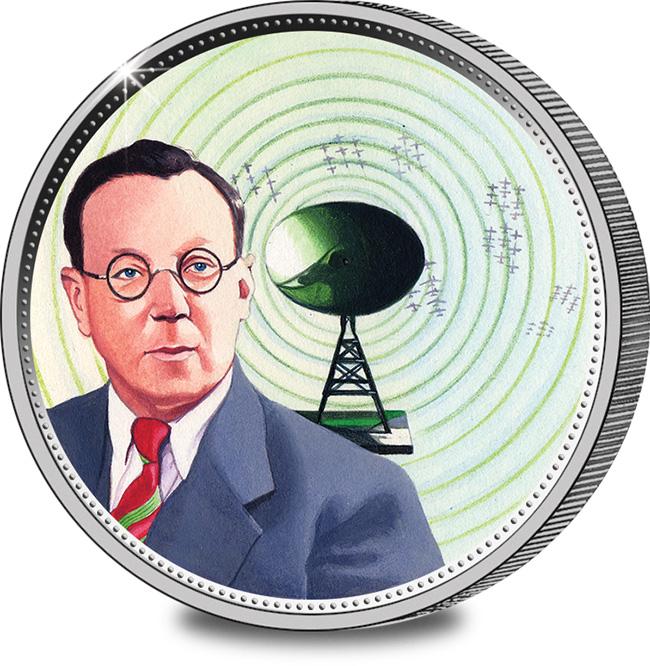
 |
Full name: Robert Watson Watt
Born: 13th April 1935
Invention/Achievement: Radar
Date of introduction/Achievement: 2nd
April 1935, Watson-Watt awarded patent for device for detecting and
locating aircraft. Chain Home defence network established
1937-39.
Died: 5th December 1973
|
The principles of radar (an acronym applied in 1940 by the
United States Navy - Radio Detection and Ranging) have been known
for many years. In the 1930s several countries were working
on radar systems. However, its systematic development and
application as part of an integrated defence system owes much to
the work of the team led by Robert Watson-Watt in Britain from
1936.
Watson-Watt was born in Scotland in 1892, a descendant of the
engineer and inventor of the steam engine, James Watt. In
1916 he joined the Meteorological Office, where he used radio waves
in storm location through detecting the emissions of lightning.
In 1924 he moved to the National Physical Laboratory, where the
use of the Adcocks antenna and the WE-224 oscilloscope greatly
improved the accuracy of his detection work, and In 1927 the Radio
Research Establishment was formed with Watson-Watt as its director.
In 1935 Watson-Watt was commissioned to investigate reports of a
German radio based "death ray". He demonstrated that such a
device was unfeasible, but also mentioned that radio waves could be
used to detect aircraft. Watson-Watt sent a secret memo to
the Air Ministry "Detection and location of aircraft by radio
methods".
A detection system was set up and demonstrated
successfully and on 2nd April 1935, Watson-Watt received
a patent for a radio device for detecting and locating aircraft.
From 1937-39 the Chain Home integrated network of aircraft
detection systems was established and played a vital role in aerial
defence during the Battle of Britain. Radar equipment was
still bulky and power hungry, but the invention in 1940 of the
Magnetron cavity resonator enabled more accurate centimetric
wavelengths to be transmitted. It also reduced the size of
radar equipment, allowing it to be fitted in aircraft.
Watson-Watt was knighted in 1942 and after the war spent time in
the USA. Many years later in Canada he was caught speeding by
a hand-held radar gun. He joked, "Had I known what you were
going to do with it (radar) I would never have invented it!"
He died in Inverness in 1973 aged 81 and is buried beside his
third wife.